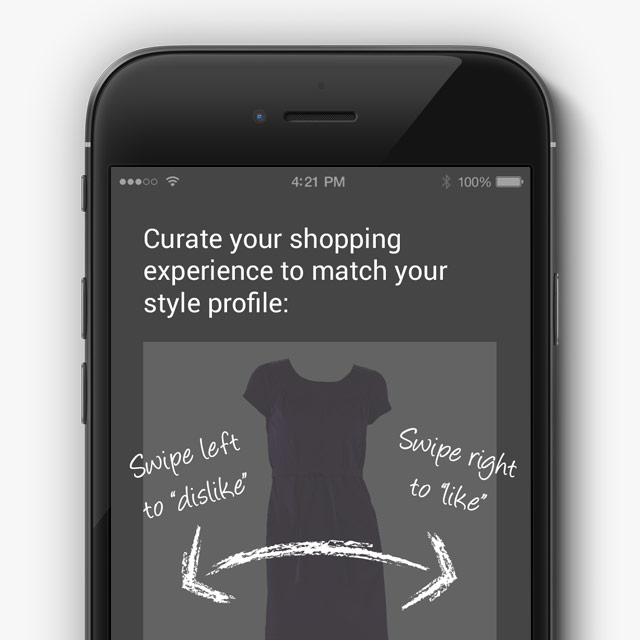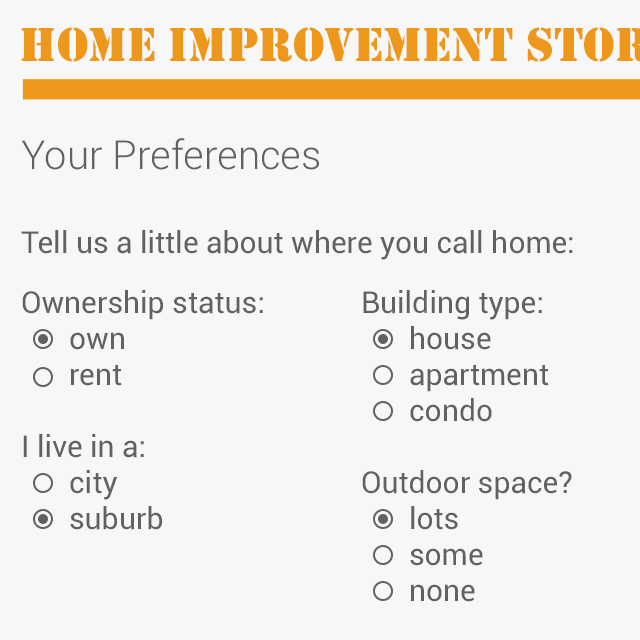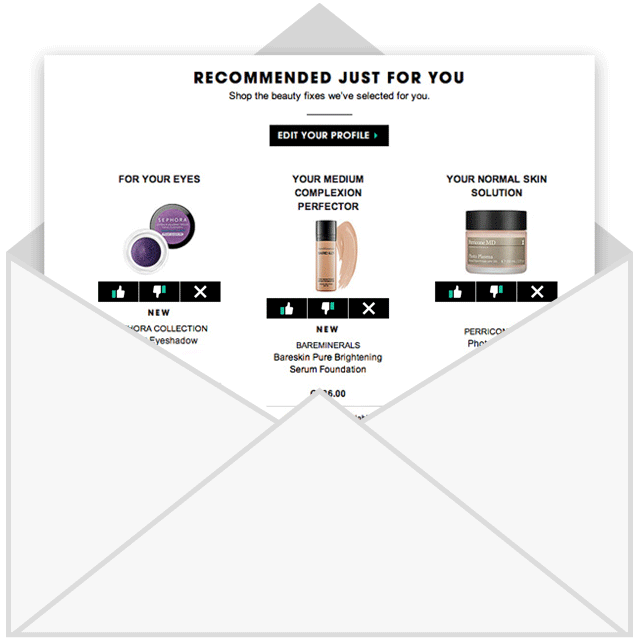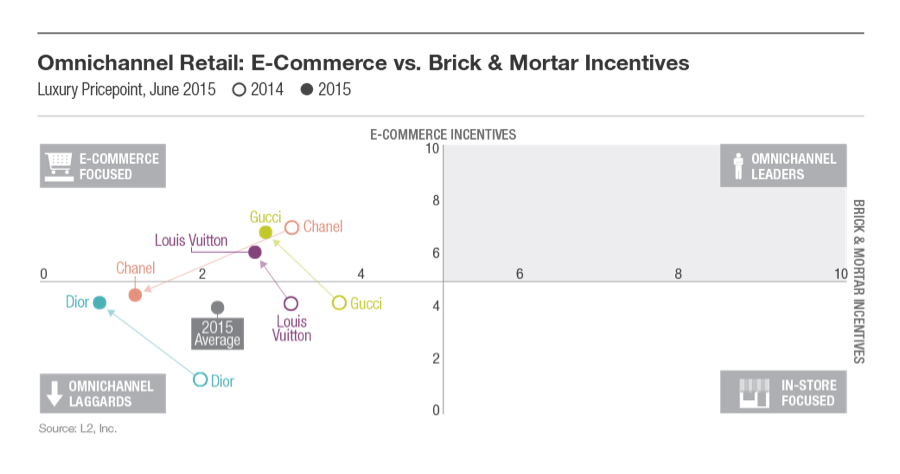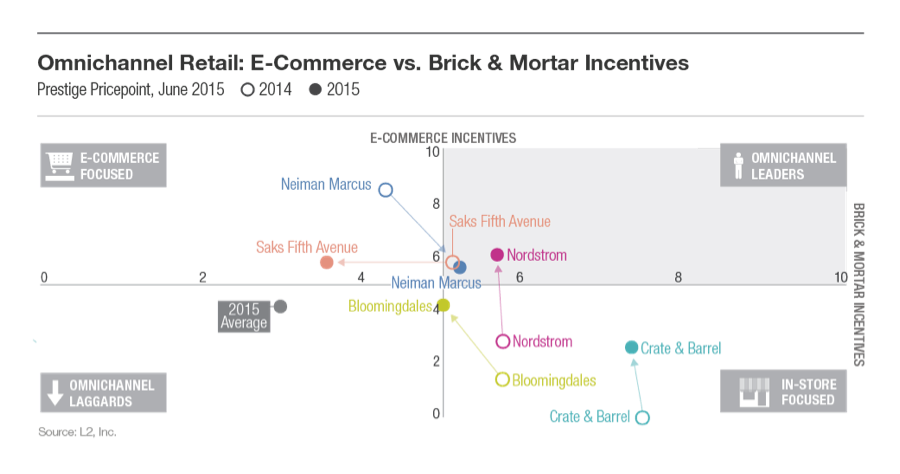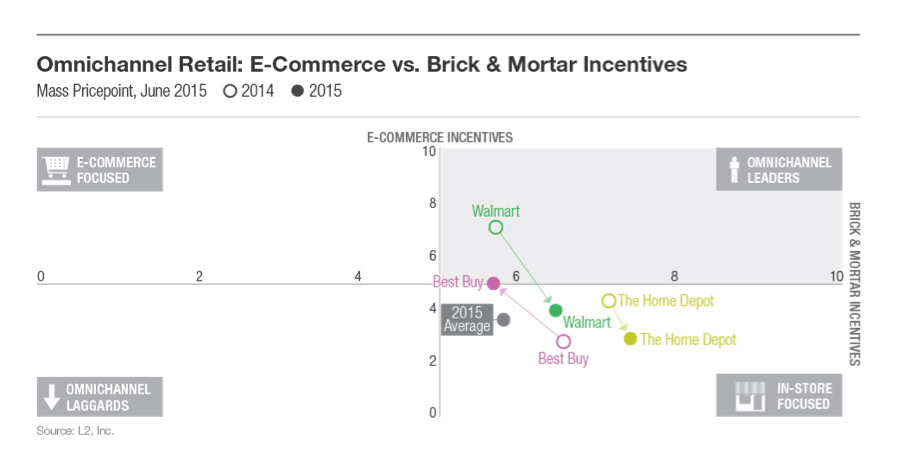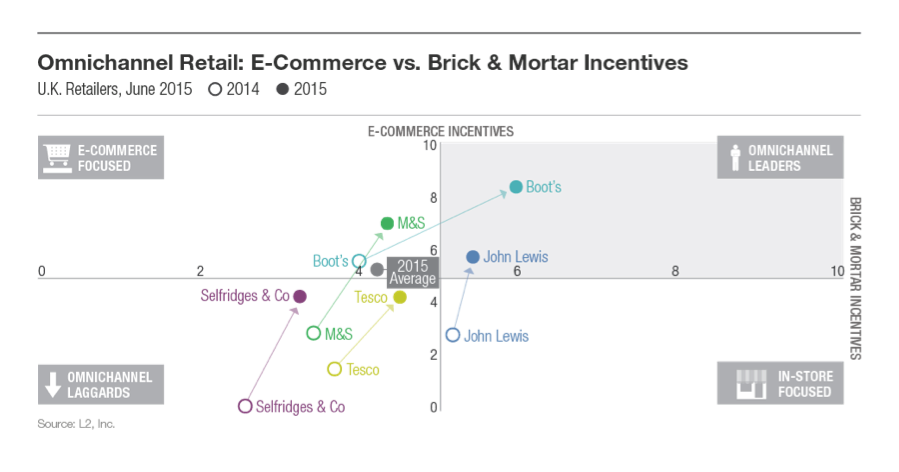Recently we participated in the event E-Commerce One to One in Monaco. In its sixth year, it yet again proved to be THE event for ecommerce leaders. With over 1,000 carefully selected participants, the three-day event made for a rich exchange of ideas and innovations.
Some of the key topics discussed ranged from the shopping experience on mobile devices and developing a ‘mobile first strategy’ to customer service excellence and loyalty programmes. A survey of retailers attending the event uncovered the following top six investment priorities for retailers in 2016:
- Creating excellence in customer service
- Enhancing the shopping experience for mobile
- Building customer-centric financial indicators
- Developing a mobile first strategy
- Building innovations for loyalty programmes
- Developing branded content
For RichRelevance, E-Commerce One to One represented an opportunity not just to make new acquaintances, but also to meet and network with existing customers through dinners and receptions. The speaking sessions also featured one of our valued customers —children’s apparel retailer, Petit Bateau — who presented a workshop about their omnichannel journey with us.
In her workshop, CRM & Digital Director, Christel Hennion talked about the challenges faced by Petit Bateau and why they needed an omnichannel approach. With nearly half (44%) of their customers first searching online before visiting a store, Petit Bateau needed to connect online and offline sales channels to better understand their customers so they could make the right omnichannel recommendation.
To do this, Petit Bateau leverages RichRelevance’s user profile service to gather and access the necessary information about their customer both online and offline. With this customer knowledge, Petit Bateau used RichRelevance product recommendations to personalize the relevant offer on each channel for their shoppers. As a result, they have seen increased engagement and frequency of purchase from their customers.
Petit Bateau also shared an interesting cohort analysis. Even though a small percentage of shoppers interact with product recommendations, this segment represents 50% of orders and 60% of global turnover.
This segment leverages personalization as a means of navigation and catalogue discovery. They are often strongly committed and provide high value to the retailer.
See the E-Commerce One to One blog post for more on Christel’s talk.
Similarly, Google presented a separate workshop where they further expanded on the topic of analysing the influence of online and offline sales, again using Petit Bateau as the example. Laureline Serieys, Retail Industry Head at Google, discussed how they helped Petit Bateau map their customer journey and measure the influence of online and offline purchases. Read more on this session here.
Thanks to all those we met at E-Commerce One to One! The stellar group made it such an insightful event to attend. We’re looking forward to 2017 already.
Personalization is no longer an option in delivering innovative consumer experiences regardless of the retailer or channel of business. It’s a mandate to create a connective customer journey. This is why 5 of the top 8 apparel and luxury retailers in the US rely on RichRelevance to deliver state-of-the-art personalization.
Join us for this unique presentation and learn first-hand from the personalization experts from RichRelevance that are working directly with these Apparel & Luxury retailers to create innovative customer experiences through personalization.
Key Take-Aways:
- 10 strategic personalization techniques used by leading Apparel & Luxury retailers today
- What kind of data can transform the customer experience
- How retailers are connecting the dots of the customer journey across channels
The year of 2015 has been tremendous for RichRelevance and for the retail industry at large. While I’m proud of what we’ve accomplished as an organization, I’m even more excited about the success of our customers and the ways in which they are leveraging RichRelevance to traverse the omnichannel customer journey by building personalized experiences. Today, omnichannel initiatives are on everyone’s priority list, personalization is more important than ever, innovations in retail are starting to reap dividends and Chief Marketing Officers and Chief Information Officers are partnering ever more closely.
This past year was filled with many milestones for RichRelevance. We launched an entirely new Relevance Cloud Omnichannel Personalization Platform, powered hundreds of ecommerce websites, mobile apps, in-store and contact center experiences; and 77 major retail brands around the globe chose Relevance Cloud as their independent personalization platform. This is an addition to an esteemed list of 240 brands that already use Relevance Cloud.
We innovated by opening our core personalization platform, releasing new services like user profile service, strategy publishing service and more. We also launched Engage, a new product for content and promotion personalization. Many more customers extended RichRelevance to cover mobile devices, in addition to email, stores and even contact centers, with each of our omnichannel products.
Our research and development efforts have enabled us to become the provider of the only fully- featured, independent and open personalization platform in the market. This allows us to support all your omnichannel projects and any other innovative customer experience you may launch in the coming years.
This technical leadership has allowed us to secure the top spot as the leader in omnichannel personalization for the fifth year in a row according to Internet Retailer. We also launched our twelfth global datacenter in Tokyo, Japan bringing global latency under 100ms. Finally, we held our first customer conferences in Europe and North America.
Along with our customers, we’re on an incredible journey. Our vision is to enable any company to personalize all customer interactions. As referenced in the recent Digiday article, “How Barneys is digitizing its New York City flagship store,” we are helping retailers like Barneys to equip store associates with real-time customer data using best cloud and mobile personalization technologies.
And we’re helping some of the biggest retailers in the world, like Office Depot, build cloud-based experiences that are inherently personalized and seamless. Never before has Marketing and IT partnership had such an important role in the enterprise, and it’s a great honor for us to tie them together and be a part of that transformation for our customers.
The year 2015 was also transformational for the RichRelevance ecosystem. We deepened our partnerships with world’s best technology and services providers such as Accenture, HookLogic, StarMount and several others to enable a best-of-breed personalization technology stack.
As we march down 2016, I wanted to take a minute to thank you for your partnership and your support. Thank you for being an inspiring community of forward-thinking, innovation-driven, consumer-first, omnichannel-loving retailers. Let’s keep doing great things together.
Best wishes for a successful 2016!
– Eduardo Sanchez
Download the Forrester report: Total Economic Impact™ Of Relevance Cloud™
Like it. Love it. Prefer it: The Customer Preference Center Makes Shopping Personal
Speak the Language
Deemed by Forbes as ‘‘The Year of the Millennial Customer,’ 2015 continues to see upward trends in social interaction and mobile engagement. In fact, millennial customers are expected to spend $200 billion by 2017, making them the largest global customer segment, with the largest share of wallet. Fortunately, millennials speak a fairly straightforward social language made up largely of likes and dislikes to indicate their interests and preferences. Providing this information across social networks with the click of a button has become second nature, yet the vast majority of this rich data goes unused. Today, there remains a very obvious gap between when a user provides these explicit social signals (consider how many likes you’ve gotten on a recent Instagram post) and how this data is leveraged to improve the customer experience.
But what if it was possible to create a shopping experience that not only mimicked the social experience, but also enabled you to enhance the individual customer’s experience with data collected from their own preferences?
Now you can. With the integration of the Customer Preference Center, available through the RichRelevance Recommend™ solution, you can easily capture individual tastes and preferences and put them to use by intelligently curating shoppers’ experiences on your site, mobile, email, in-store or contact centers in real time. Empowering shoppers to affect the products, brands and categories they see as they’re shopping brings a sense of 1:1 customer service not often found in the digital shopping experience.
Making it Personal is Simple
The Customer Preference Center offers benefits to shoppers and retailers across all channels. Using a flexible API, customer preferences are directly embedded as like/dislike/favorite buttons on any page, or as a survey that collects preferences on categories, brands and products. As shoppers engage and input preferences, their product assortments automatically update as they shop. Behind the scenes, the personalization system collects this invaluable data to deliver more relevant recommendations across all channels. The Customer Preference Center retains customer profile information in the Relevance Cloud’s User Profile Service so that no matter which channel a customer shops, collected data can be utilized to make the experience more personal, ultimately creating a happier and more loyal customer.
A leading apparel e-commerce company in Europe that generates over $155 million in annual revenue integrated Customer Preference Center technology across product pages and has seen 50% of users provided preferences in one month’s time. Those users interacting with preferences are significantly more engaged and spend 3.5x more than the ones that did not interact.
As a shopper, I can’t imagine anything more thrilling (or more dangerous for my wallet) than always being able to easily find things I liked from my preferred retailer.
Preferences Your Way
What does it look like? The possibilities with Customer Preference Center are endless, and customizable based on where and when the retailer chooses to engage customers. Preference can reside within existing recommendations or be as cutting edge as an integrated swipeable shopping experience (think Tinder).
Here’s are some ideas of how Customer Preference Center can work:
The Customer Preference Center enables retailers to avoid and/or supplement complicated social integrations by offering familiar social features across retail sites and mobile experiences. With flexible tools at your fingertips, customizing every shopper interaction has never been easier.
Forty-five years ago, Burger King introduced the concept of personalization with “Have It Your Way” and consumers have never looked back from the expectation of a personalized, relevant experience with key brands. Think of the Customer Preference Center as a digital innovation on “Have it Your Way,” taking its cue from the popularity of social media to share likes and preferences.
Contact us today to get started!
To be successful in omnichannel retail, brands need to combine the advantages of both e-commerce and physical retailing. The top brands in omnichannel follow strategies like leveraging physical stores as fulfillment centers and utilizing technology to engage consumers. L2’s Intelligence Report: Omnichannel Retail (http://www.l2inc.com/research/omnichannel-retail-2015) pinpoints the most forward-thinking players in each pricepoint.
Luxury
Luxury brands continue to lag in both e-commerce and in-store incentives. However, major players like Gucci, Dior, and Louis Vuitton made e-commerce a priority for the first time ever this year, signaling that they are finally catching up to other retailers.
Prestige
In the Prestige segment, Nordstrom and Neiman Marcus both invested substantially in omnichannel initiatives. Organizational shakeups played a large part in the change, such as Neiman Marcus fusing its online and store executive teams, contributing to the retailer’s shift from the E-Commerce Focused quadrant to the Omnichannel Leaders quadrant.
Mass
In the U.S., big box stores such as Walmart and Home Depot moved from e-commerce investments to in-store initiatives, highlighting their new strategy for competing with Amazon. By using brick-and-mortar stores as fulfillment centers as well as click-and-collect locations, these mass retailers can compete with the enormous reach of e-tailers. Conversely, Best Buy shifted from an in-store to an e-commerce focus, making the retailer a leader in omnichannel.
In the U.K., where click-and-collect has been popular for years, brands substantially accelerated omnichannel investments this year. Boots and John Lewis led the movement, launching inventory visibility across channels as well as advances in click-and-collect such as after-hours depots and drive-through windows. These moves continue to solidify U.K. brands’ leadership in omnichannel retail.




